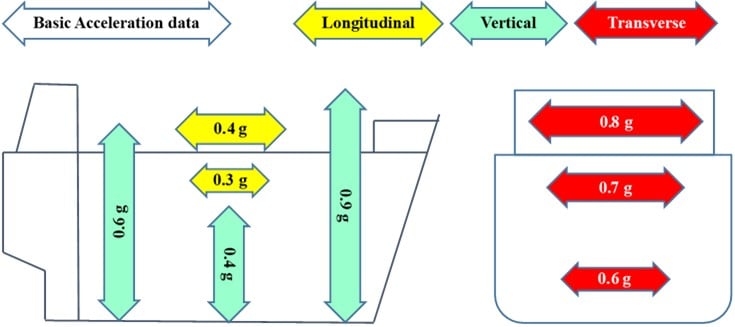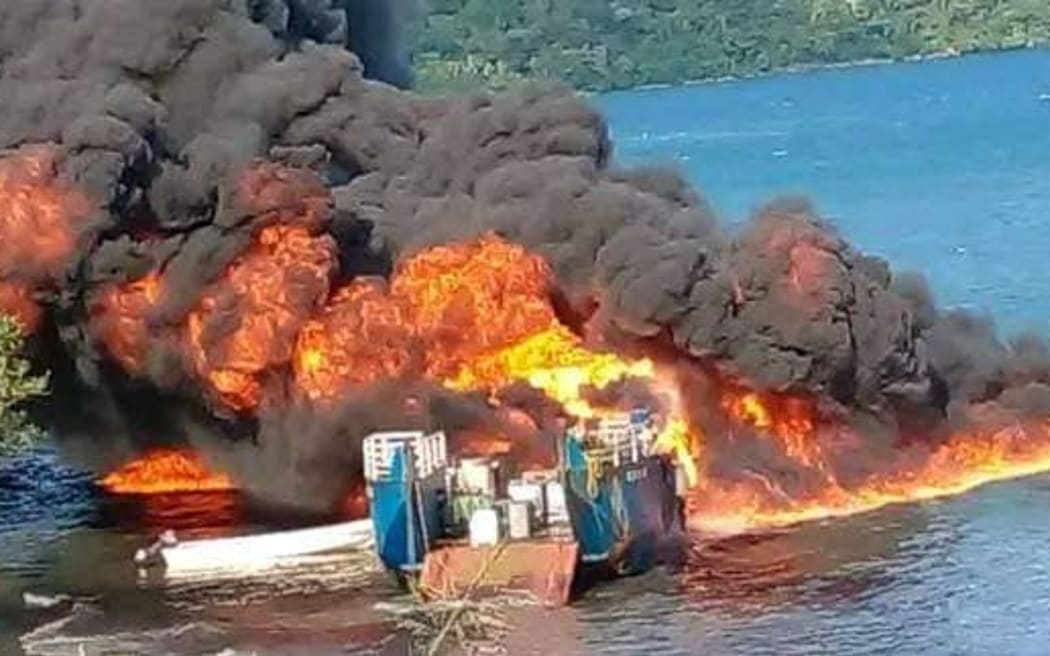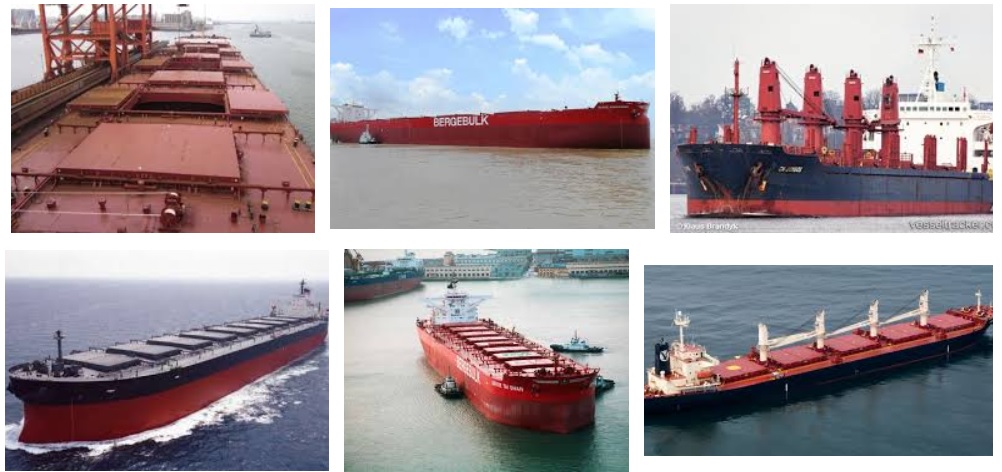P&O Maritime Logistics and Unifeeder will help debottleneck customer supply chains with the unique MCV vessel in the Middle East region
– By establishing this new route using modified and efficient MCVs, P&O Maritime Logistics will play a crucial role in helping to reduce port congestion
– The MCV “micro” feeder has the unique ability to bypass congestion by calling smaller berths, turning around at least twice faster compared to larger vessels on this shortsea route
– The partnership with Unifeeder marks the first time P&O Maritime Logistics will be trading in the Red Sea with containers on a liner basis between Port of Jeddah and Port Sudan
P&O Maritime Logistics will help debottleneck customer supply chains by ensuring there is a faster cargo turnaround, enabled by the company’s unique and recently modified Multi Carrying Vessels (MCVs) that now can carry containerised cargo. In partnership with Unifeeder, P&O Maritime Logistics will increase connectivity across the Red Sea between Port of Jeddah and Port Sudan.
As a “micro” feeder, the new MCV line has the unique ability to bypass congestion. The shallow draft MCVs utilise less space and can access areas of the port where larger ships cannot fit due to their size and length. This is useful when connecting feeder ports, such as Port Sudan, with hub ports, such as Port of Jeddah.
Using MCVs can advance and bring additional volumes for main line carriers and reduce waiting times. P&O Maritime Logistics began modifying MCVs following the successful trials with the Topaz Lena, where they found they could deliver faster turnaround times to their customers with their cargo, demonstrating agility during industry-wide changes and brought forward innovative solutions for their customers. In this case, the port turnaround time can be reduced by 70-80%.
P&O’s ships first crossed the Red Sea in 1842 after winning the Mail Contract from UK to India, carrying mail, passengers and precious cargo. The new liner service highlights P&O Maritime Logistics’ return to the Red Sea after 180 years and its expansion into the container carrying market as it is the first time the company crosses the Red Sea carrying containers.
Two of P&O Maritime Logistics’ recently modified MCVs, the Topaz Lena and the Topaz Volga, have been contracted for the new route and work has already started for both vessels.
By connecting Port of Jeddah – a key port between Europe and Asia – and Port Sudan, P&O Maritime Logistics delivers a faster-than-anticipated service to Unifeeder, DP World and other customers by offering a liner route between the terminals – helping to reduce port congestion. The MCVs call at different terminals at both Jeddah and Port Sudan, underlining the possibility to export this solution to other port combinations worldwide.
Martin Helweg, CEO of P&O Maritime Logistics said: “P&O Maritime Logistics provides additional capacity and alleviate the already-stretched global supply chains. This is particularly useful on lower-volume, higher-frequency trade routes, such as the Red Sea, where our MCVs can provide a more efficient service to our clients. Seeing such niche feeders operating successfully forms a blueprint for further expansion with new and existing clients.”
The new contract also marks another milestone for Unifeeder’s continued close collaboration between the two maritime companies, following previous successful contracts in Europe. Helweg continued: “As we continue to work closely with our parent company, DP World, on expanding our containerised service, our partnership with Unifeeder, also a DP World company, is an example of our ongoing efforts to respond and adapt to wider industry changes.”
The collaboration between P&O Maritime Logistics and Unifeeder demonstrates DP World’s position as a truly multimodal and end-to-end solutions provider. The businesses can create new routes, modify ships and expand offerings to better serve our customers and to help them combat logistical challenges.
“Having worked together in Europe, we are familiar with P&O Maritime Logistics’ expertise and their modified MCV fleet will be particularly helpful in streamlining our operations.”
P&O Maritime Logistics are modifying a further two vessels and could have as many as ten modified upon request. The company will also leverage the container modified MCVs with other partners worldwide.
Source: https://www.maritimeeconomy.com/post-details.php?post_id=aGlpag==&post_name=PO%20Maritime%20Logistics%20expands%20its%20cargo%20transport%20service%20with%20new%20contract%20for%20containerised%20cargo%20transport%20across%20the%20Red%20Sea&segment_name=6










